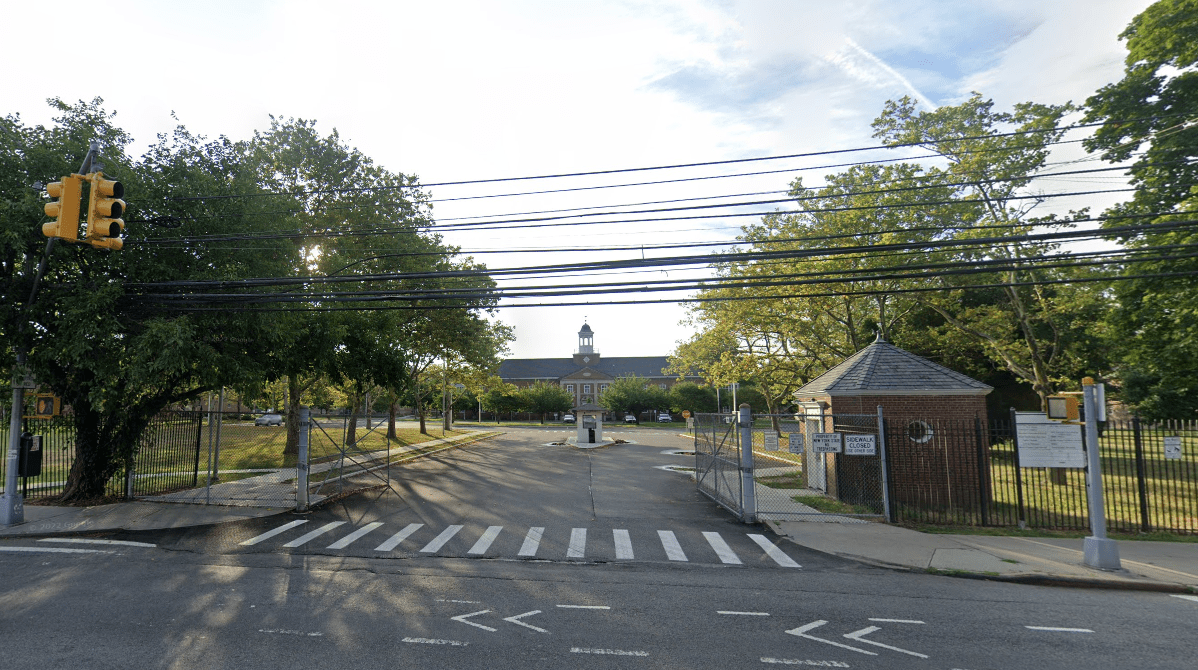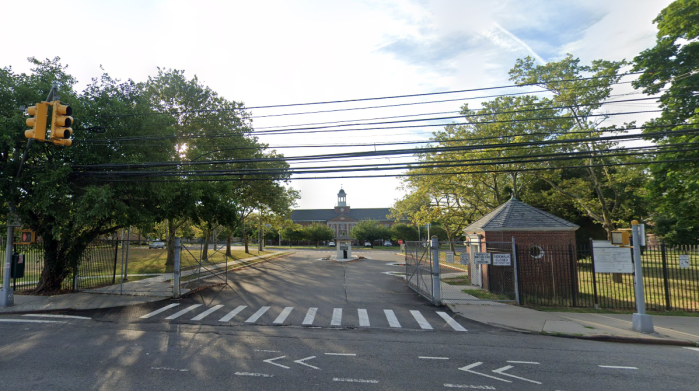
Angel Boussoumis, 62, was shocked to receive a $95 bill when he recently took his wife out for steak and lobsters in Astoria.
Just a few years ago, a similar meal would have cost $35, the recently retired cook said. The growing cost of living has Boussoumis considering a move he has seen many neighbors make.
“They leave to different states; they go to Florida,” said Boussoumis, who moved to Astoria from Greece 40 years ago and lives in a rent-regulated apartment. “I may move to Florida, too.”
Over the past decade, an influx of newcomers has buoyed housing and other prices in Astoria and longtime residents are worried the churning population is hurting the civic scene.
“It’s certainly changing the character of the neighborhood, which those of us who’ve grown up here would like to preserve,” Michael Gianaris, the area’s state senator, said. “Astoria was always an immigrant community, a family-based community, one where neighbors could look out for each other. There was a permanence to that — or at least a long-term stability. Now we are resembling a lot of other neighborhoods, where it’s younger, which is great, but it’s more transient.”
Amid these changes, more families from the traditionally middle class community have wound up in homeless shelters.
Gianaris said his office hears daily from people struggling to afford their rent. And last week, the Citizens’ Committee for Children published a report mapping out where families are being left homeless, which showed that the community district containing Astoria and Long Island City had the greatest gap in the city between what families earn and the price of their rent. The median income of local households with children declined 14 percent since the late 2000s’ recession to about $51,000, according to the report — yet median rents grew 27 percent during the same period.
“It’s really impacting folks who live in the neighborhood, who aren’t part of this new wave of folks moving into these nice developments,” said Apurva Mehrotra, director of research and data analytics at the Citizens’ Committee for Children.
Grant Long, senior economist at StreetEasy, said many people have moved to the city since the recession ended. This migration is forcing up prices in many areas and making once relatively inexpensive areas like Western Queens, Brooklyn and uptown Manhattan more popular, particularly among young professionals.
Development has followed the shifting population. The Long Island City Partnership expects the area’s housing inventory to double over the next decade. New apartment buildings are rising along 21st Street and other Astoria corridors, which some locals claim target wealthier newcomers.
Dirk McCall, who has lived in a rent-regulated apartment in Astoria for nearly 24 years, said the community has evolved into a destination. McCall enjoys showing off restaurants to friends who would not visit him in Astoria when he first moved there. However, despite all the attractions, McCall said many who move to the neighborhood do not put down deep roots because the area is too expensive or because they have children and move to the suburbs in search of more space and better schools.
“It’s just devastating because there are people who are institutions in Astoria for a few years, and then all of a sudden they’re gone,” he said.
As president of a local Democratic club, McCall said he has noticed volunteers tend to leave after a few active years. He noted that the man who created a popular blog called Why Leave Astoria left for California. Thea Romano, the head of the Dutch Kills Civic Association, moved to Florida, saying she could not find an affordable home in Western Queens.
Resident Joseph John has seen several neighbors pack up, but could not imagine finding an affordable alternative to his rent-regulated apartment.
“People used to sit on the stoop, stay outside until like 12, midnight. Now, we don’t hardly know anybody,” said John, who moved to the area decades ago after marrying an Astoria native and is now retired.
But John has also noticed some improvements.
“This park got cleaned up,” he said, referring to Astoria Park.

































